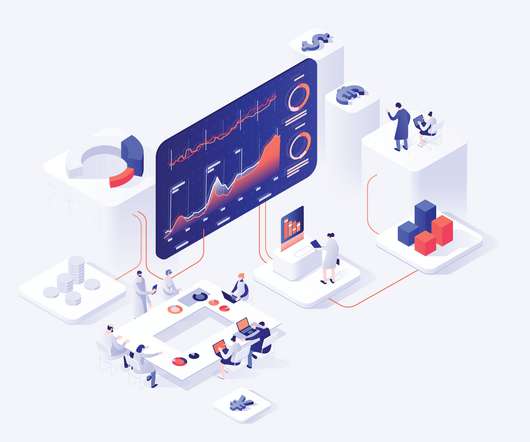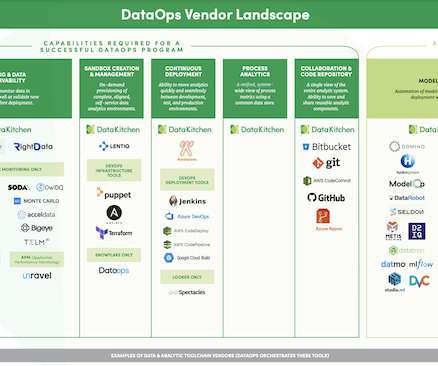5 modern challenges in data integration and how CIOs can overcome them
CIO Business Intelligence
OCTOBER 19, 2023
The growing volume of data is a concern, as 20% of enterprises surveyed by IDG are drawing from 1000 or more sources to feed their analytics systems. Data integration needs an overhaul, which can only be achieved by considering the following gaps. Heterogeneous sources produce data sets of different formats and structures.


























Let's personalize your content